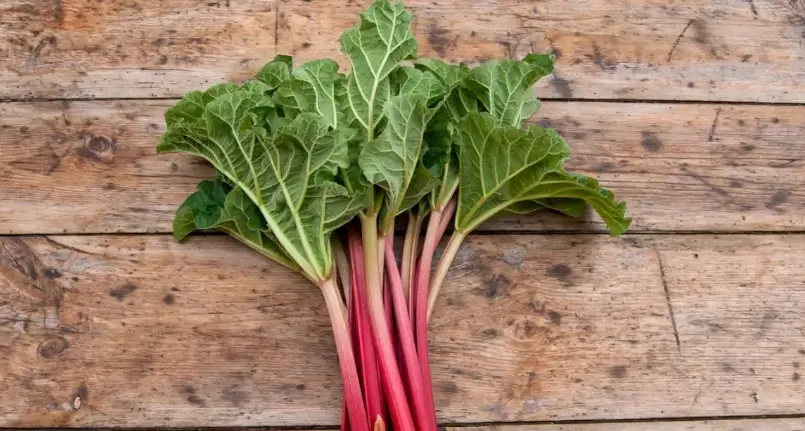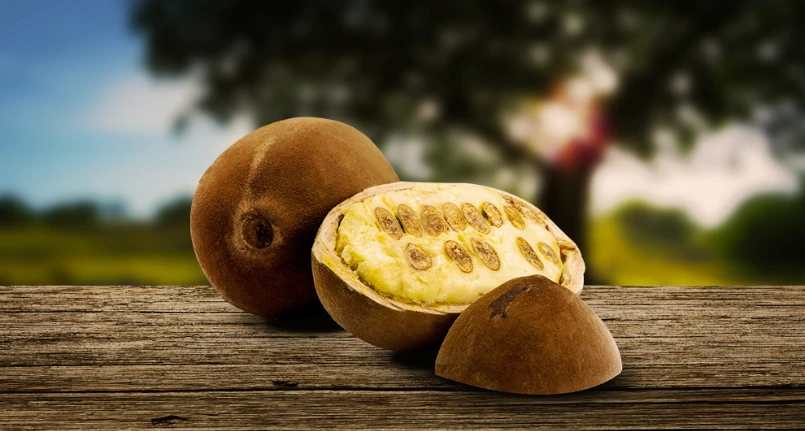Fibers and laxative action
What are
Almost all vegetables , or rather vegetables , belong to a group of foods with laxative properties
By ” laxative food ” we mean a food capable of stimulating intestinal evacuation ( defecation ) by directly or indirectly stimulating peristaltic motility/contraction.
Intestinal peristalsis
Intestinal peristalsis is a rather complex and articulated system: let’s try to explain its fundamental points to better understand its mechanism.
Peristalsis is nothing more than a set of muscular contractions of the intestinal tube, aimed at segmenting and advancing the product of digestion . The contractions of segmentation and advancement are different but both indispensable.
How they act
Basically, laxative vegetables promote two conditions useful for the evacuation mechanism:
- Increase in faecal volume by dissolution of soluble fiber in water : this phenomenon allows you to optimize the contraction of the intestine and to constantly advance the faeces contained in it
- Increase of gases due to probiotic fermentation of the insoluble fiber : the gases, pressing against the walls of the digestive tract , favor a reflex contraction which increases the transit
Vegetables are essentially made up of vegetables, of which the leaf, root, flower or tuber is consumed ; the laxative property of vegetables derives above all from the quantity of dietary fiber , a fundamental nutritional component for maintaining intestinal cleanliness and integrity. Some vegetables that promote the secretion of bile, such as artichoke and chicory, have a mild purifying and laxative effect linked precisely to these cholagogue and choleretic properties , and mediated by the action of bile acids not reabsorbed by the intestine.
Having said that, it is easy to understand that the most laxative vegetables are those characterized above all by the greatest amount of fiber, or those that have larger portions when consumed; a classic example is that of cooked chard, whose portion is around 150-250 g, compared to fresh lettuce , which is instead consumed within 50-100g.
We also remind you that, in addition to the consumption of laxative vegetables, to optimize the regulation of the hive it could be useful to follow other precautions; first of all it is essential to drink frequently to ensure body hydration , as systemic dehydration also causes faecal dehydration ; secondly, it is advisable to promote the consumption of other foods that help cleanse the intestines ; among these we mention:warm milk , honey , vegetable oils , tamarind jam, cassia syrup , and many more.
Which ones are they
Assuming that hydration is optimal and that the colon is not irritated, the vegetables characterized by the greatest laxative power induced by dietary fiber could be those shown in the table. Asparagus , chicory, cauliflower , spinach and green beans are also commonly considered laxative vegetables.
| Food | Fiber (g) |
| Artichokes | 5.5 |
| Brussels sprouts | 5.0 |
| Field chicory | 3.6 |
| Carrots | 3.1 |
| Broccoli | 3.1 |
| Leeks | 2.9 |
|
[ Dietary fiber content per 100g of edible portion – Food composition tables ] |
|
How many vegetables?
In the event that laxative vegetables are consumed together with other foods of vegetable origin ( cereals , legumes and fruit ), it would be good practice to consider that the amount of dietary fiber introduced daily is equal to the sum of that contained in all foods of vegetable origin . In order to avoid a possible excess of fibre, it is necessary to keep the portions consumed within the limits of national guidelines and to correct the diet on the basis of individual susceptibility.
In principle, it is possible to define that the correct consumption of vegetables (both laxative and non-laxative) must necessarily be daily, with a frequency of at least two servings/day. The latter vary according to the type of vegetable and the method of consumption; for a cooked vegetable it is possible to use a weight (uncooked) of at least 150g (artichokes, Brussels sprouts , chicory, etc.), while for a raw leafy vegetable, at least 50g (lettuce, radicchio , lamb’s lettuce , rocket , etc.), and finally , for a raw root vegetable, or any one of high consistency, at least 100g (turnips, carrots, beets , leeks, etc.).
If necessary, it is advisable to increase the portions of laxative vegetables little by little, in order to avoid the undesirable effects associated with excess dietary fiber (reduced nutritional absorption, diarrhoea, bloating, etc.) and anti – nutritional components ( oxalates and phytates ).




